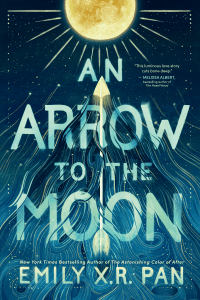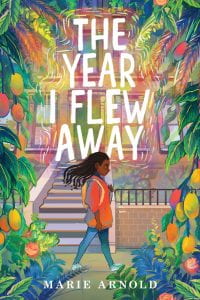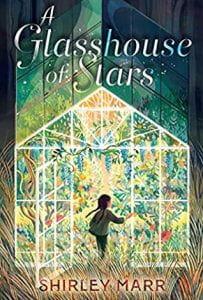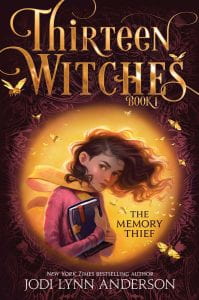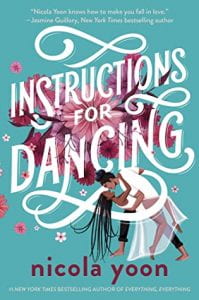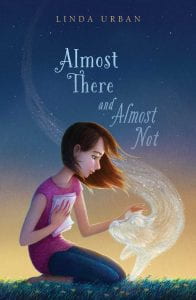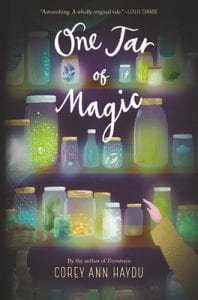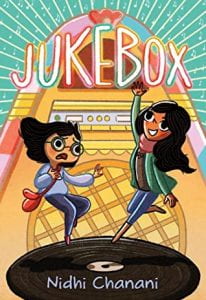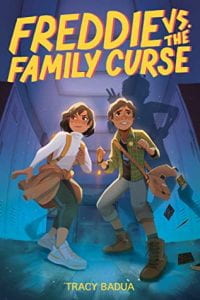 Badua, Tracy. Freddie vs. the Family Curse. Clarion, 2022. 978-0-358-61289-6. $16.99. 256 p. Grades 5-8.
Badua, Tracy. Freddie vs. the Family Curse. Clarion, 2022. 978-0-358-61289-6. $16.99. 256 p. Grades 5-8.
Freddie Ruiz–AKA “Faceplant Freddie”–is plagued by the family curse in Freddie vs. the Family Curse. Unlike his talented, popular cousin next door, Sharlene (Sharkey) Mendoza, Freddie cannot bust a move on the Wylde Beast breakdance team, make friends with the other Robo-Warrior card players, or join any sports team because he risks injury or humiliation. His academic career is not filled with high grades and trophies but a collection of embarrassing moments and pratfalls. Just when it seems his luck cannot get much worse, he discovers an amulet while searching for glue to complete a last-minute school project on family trees. Great grandmother, Apong Rosing, calls the coin on a leather strap/cord an anting- anting and explains in a strange mix of spirituality and Filipino superstition that its magic can be unleashed through a priest and recognizes the coin as the one worn by Domingo Agustin (Ingo), her deceased older brother’s best friend. During Mass at Holy Redeemer Academy, the amulet becomes activated. Great Grand Uncle Ramon materializes, visual only to Freddie, Sharkey, and Apong Rosing.When the Japanese invaded the Philippines, seventeen-year-old Uncle Ramon went off to fight in World War II and died from an infected cut on the Bataan Death March. Through the warm and often humorous relationship Freddie develops with his newly found uncle, the seventh grader discovers the source of the curse was Uncle Ramon’s transgression, and the only way to banish the curse and keep Freddie alive is to return the amulet to its rightful owner–within a 13- day timeline! When Sharkey becomes collateral damage for the Ruiz curse, Freddy’s best solution to deliver the amulet is to master his dance moves and fill in at the breakdance championship in Las Vegas. In his chase against time, Uncle Ramon helps Freddie realize he has the talent and cleverness to make his own luck.
THOUGHTS: Author Tracy Badua involves some Filipino history in a heartfelt story of an underdog struggle to believe in himself. Story includes information about the Rescission Act, the unkept promise the U.S. government made to the Filipino soldiers to make monetary recompense. As Freddie works out how to break the curse, the reader finds a close knit Filipino-American family with their customs and folklore. The relationship between Freddie and his great grandmother and uncle forms an opportunity for an intergenerational perspective. In the beginning of the story, the author seems to include many descriptive details as though she were remembering her own family: grandmother wears a purple shawl when she goes for her dialysis, Freddie’s family observes the Filipino custom of not sweeping the floor at night for fear of “sweeping out the fortune.” Lead students who like this book to Erin Estrada Kelly’s Lalani of the Distant Seas for their next choice.
Fantasy (Magic Realism) Bernadette Cooke, School District of Philadelphia

